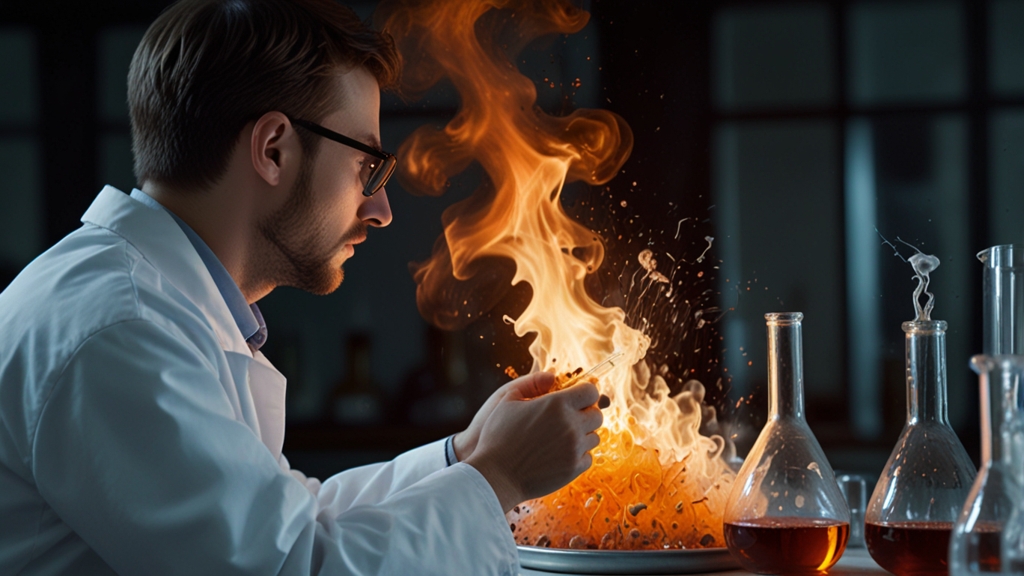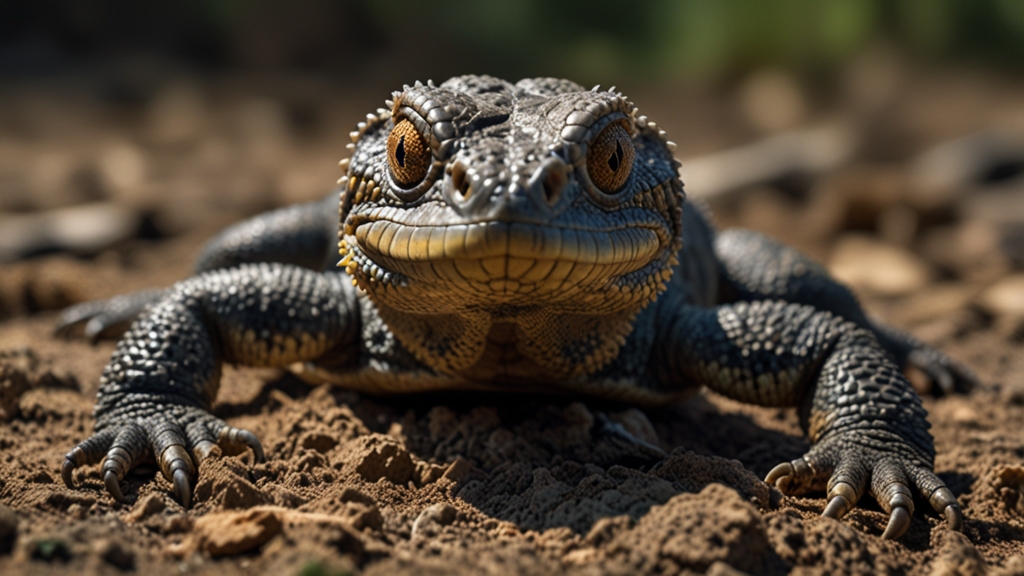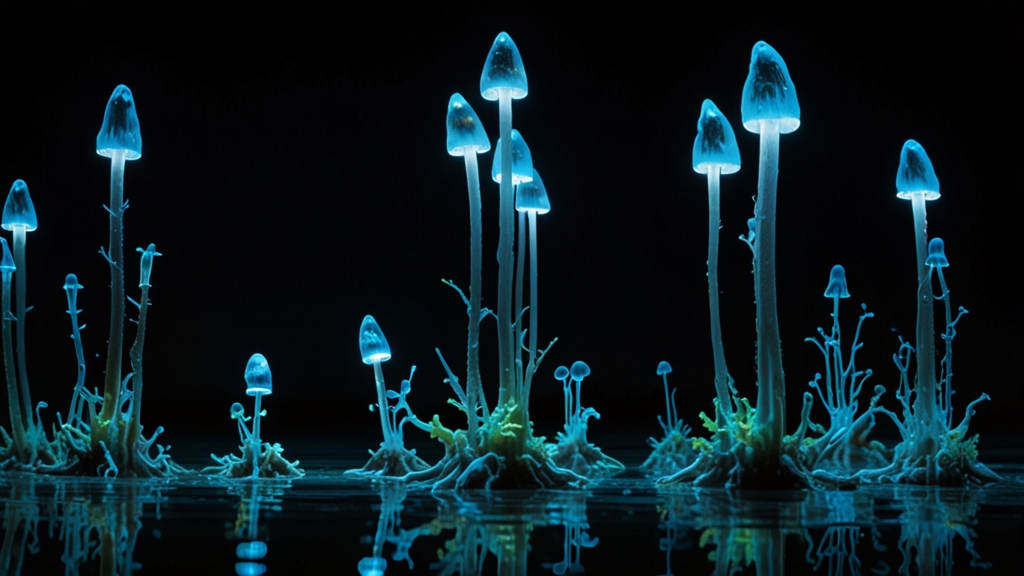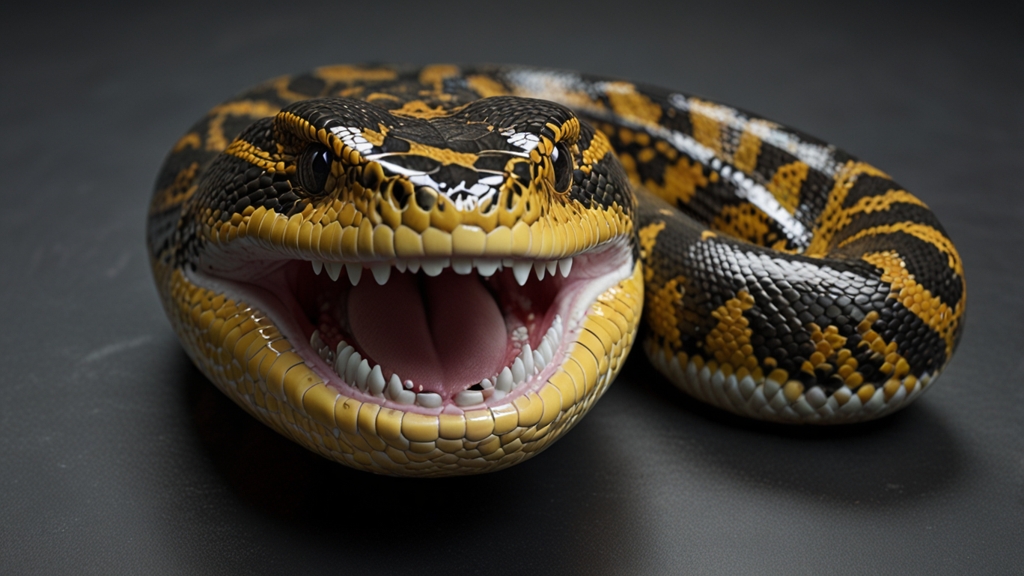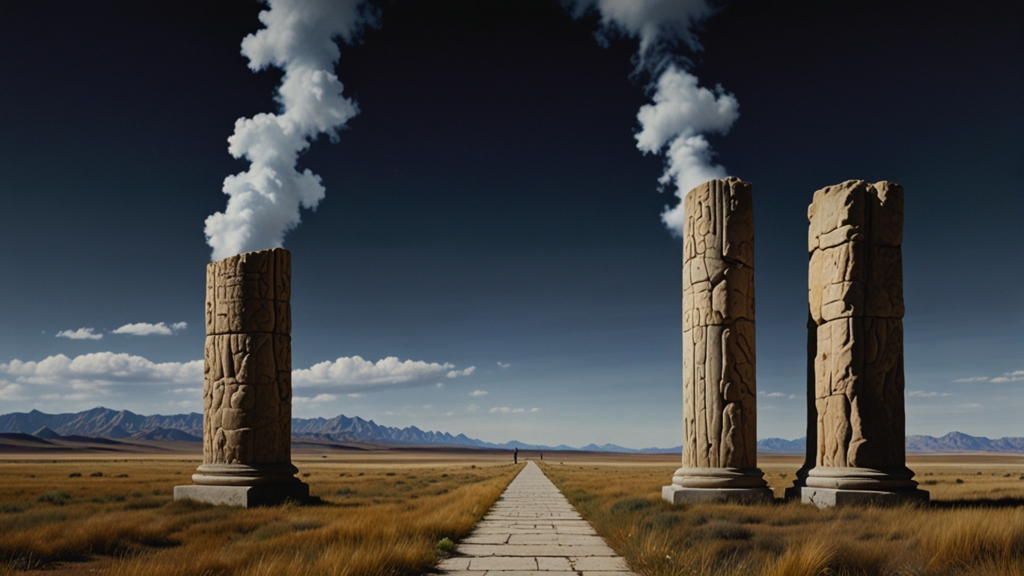Chemistry Gone Wrong: Bizarre Lab Incidents That Shocked Scientists
Laboratories are generally places of precision, safety protocols, and adherence to strict guidelines. However, even in such controlled environments, unexpected incidents can occur. When chemistry goes wrong, the results can be not just alarming, but downright bizarre. Here, we delve into some of the most extraordinary lab incidents that left scientists scratching their heads and, in some cases, questioning reality itself.
The Glowing Hand Incident
One of the most inexplicable lab mishaps involves a biochemist working with glowing proteins extracted from jellyfish. These proteins are used for a variety of research purposes, such as tracking cellular processes in real-time. However, one evening, Dr. MacPherson noticed something extraordinary: his hand was glowing.
"I was in utter disbelief. I had been meticulous in my work and had followed all safety precautions to the letter," Dr. MacPherson recounted. "Yet here I was, with a luminescent hand, reminiscent of a scene from a science fiction movie."
After several days of extensive cleaning and tests, it was determined that the glowing was harmless. Still, the incident left a lasting impression, highlighting the unpredictability of even well-known substances when they come into contact with human skin.
Explosive Reactions: The Case of the Flying Flask
Chemical reactions can sometimes go awry, leading to unexpected and dangerous consequences. A group of researchers working on synthesizing new compounds got more than they bargained for when their experiment resulted in an explosive reaction. The sight of a glass flask flying across the lab became a sobering reminder of the potential volatility of chemical substances.
The mishap was eventually traced back to a miscalculation in the quantities of reactants used. Although no one was injured, the incident served as a wake-up call for the entire team to double-check their measurements and take extra precautions.
The Mysterious Green Smoke
In another peculiar incident, graduate students at a renowned university were conducting routine experiments when they noticed thick, green smoke billowing from their reaction vessel. The smoke had an unusual smell and an almost otherworldly appearance, causing immediate concern and prompting an evacuation of the laboratory.
"It looked like something straight out of a horror film. We had no idea what it was, and it was terrifying," one of the students remarked.
Upon investigation, it was discovered that a minor contamination had occurred, reacting with the primary substances to produce the ominous green smoke. While the reaction was ultimately found to be non-toxic, the visual impact and the disruptive effect on the experiment were significant.
The Case of the Mislabelled Containers
Mislabeling chemicals can lead to catastrophic results, as was evident in a university lab when two containers were mistakenly swapped. A researcher, thinking he was working with a benign substance, was horrified to discover that he had, in fact, been handling a highly reactive one. The result was a minor explosion that, fortunately, only caused superficial injuries but left the lab in disarray.
This incident underscored the importance of accurate labeling and proper communication among lab personnel. It also led to a revision of the lab's safety protocols to prevent such mistakes from happening in the future.
Concluding Thoughts
While the field of chemistry is marked by rigor and precision, the occasional bizarre incident serves as a reminder that unpredictability is an inherent part of scientific exploration. These stories, while extraordinary, also highlight the resilience and adaptability of scientists as they navigate the uncharted waters of their research. It is through these unexpected challenges that significant learning and growth often occur, paving the way for future discoveries and innovations.
